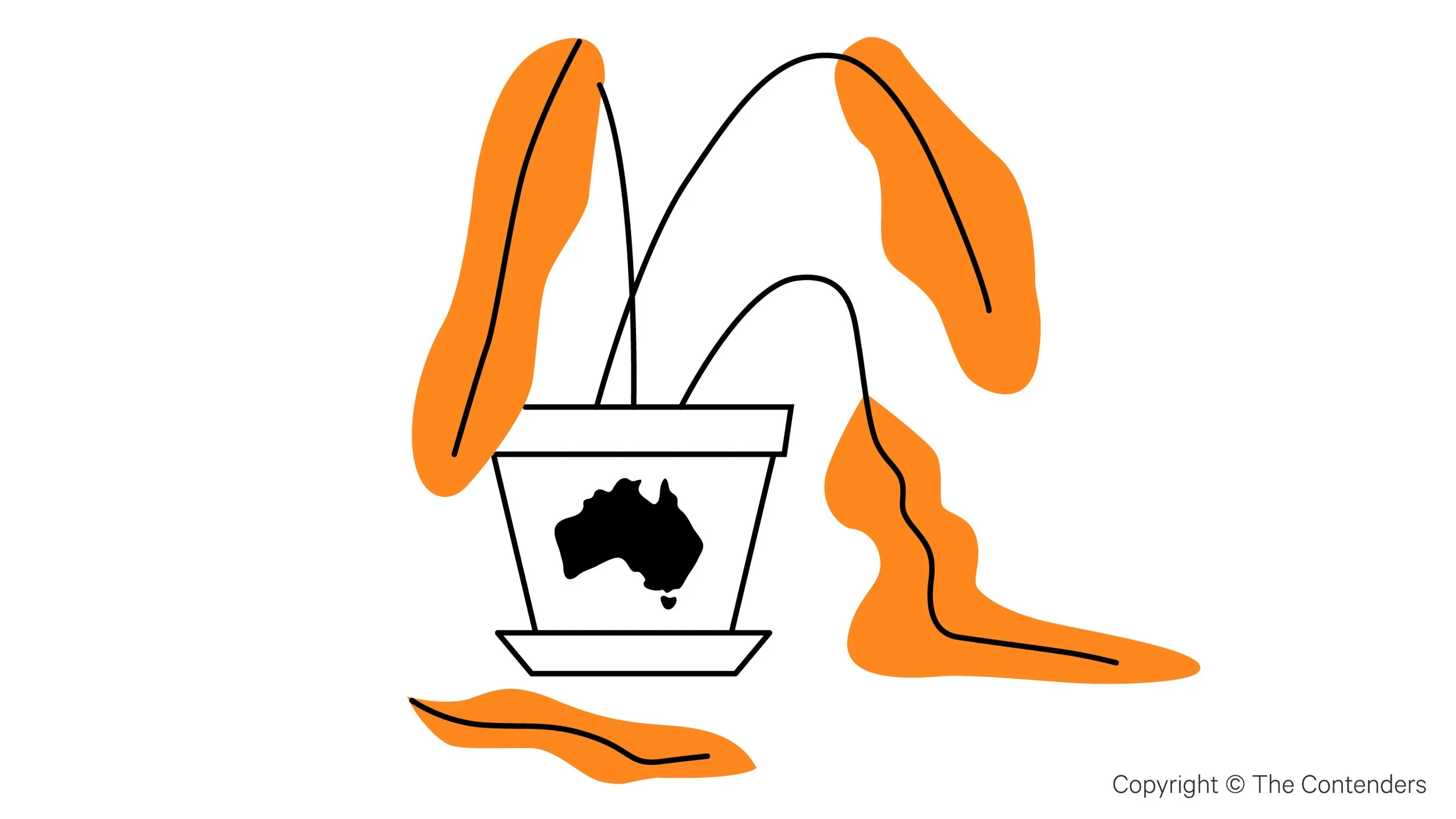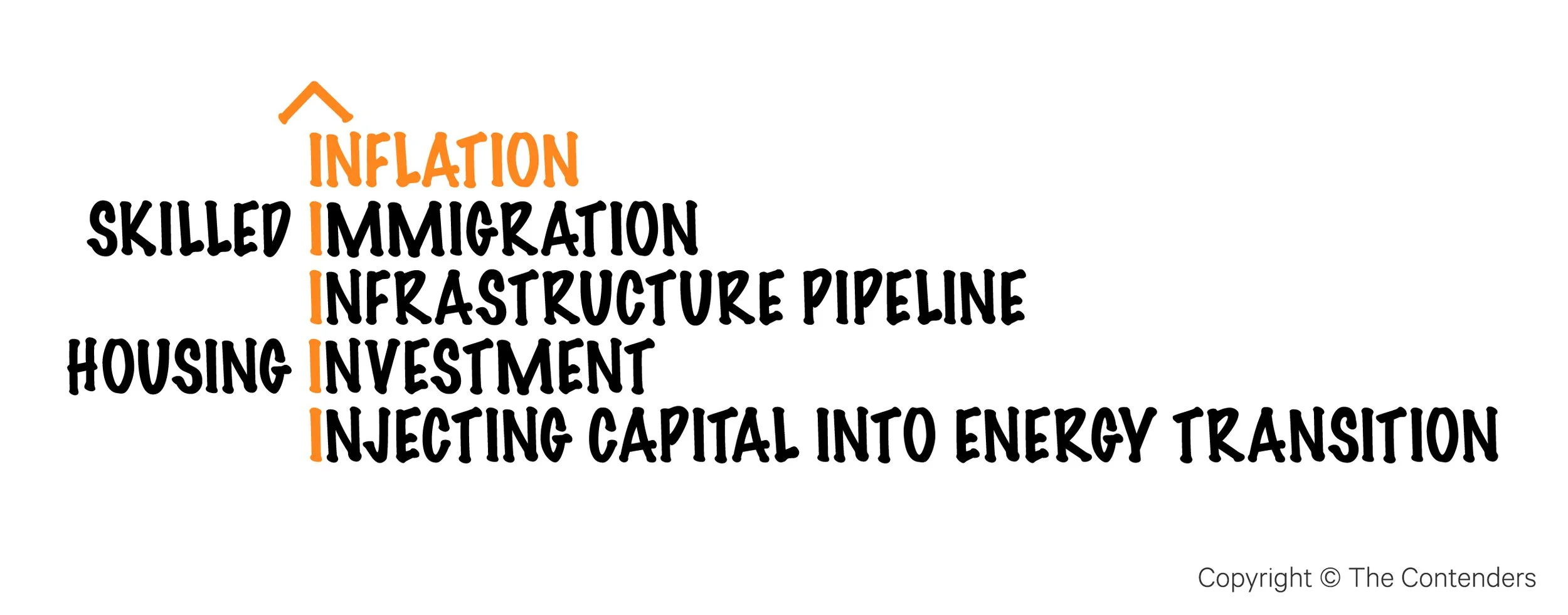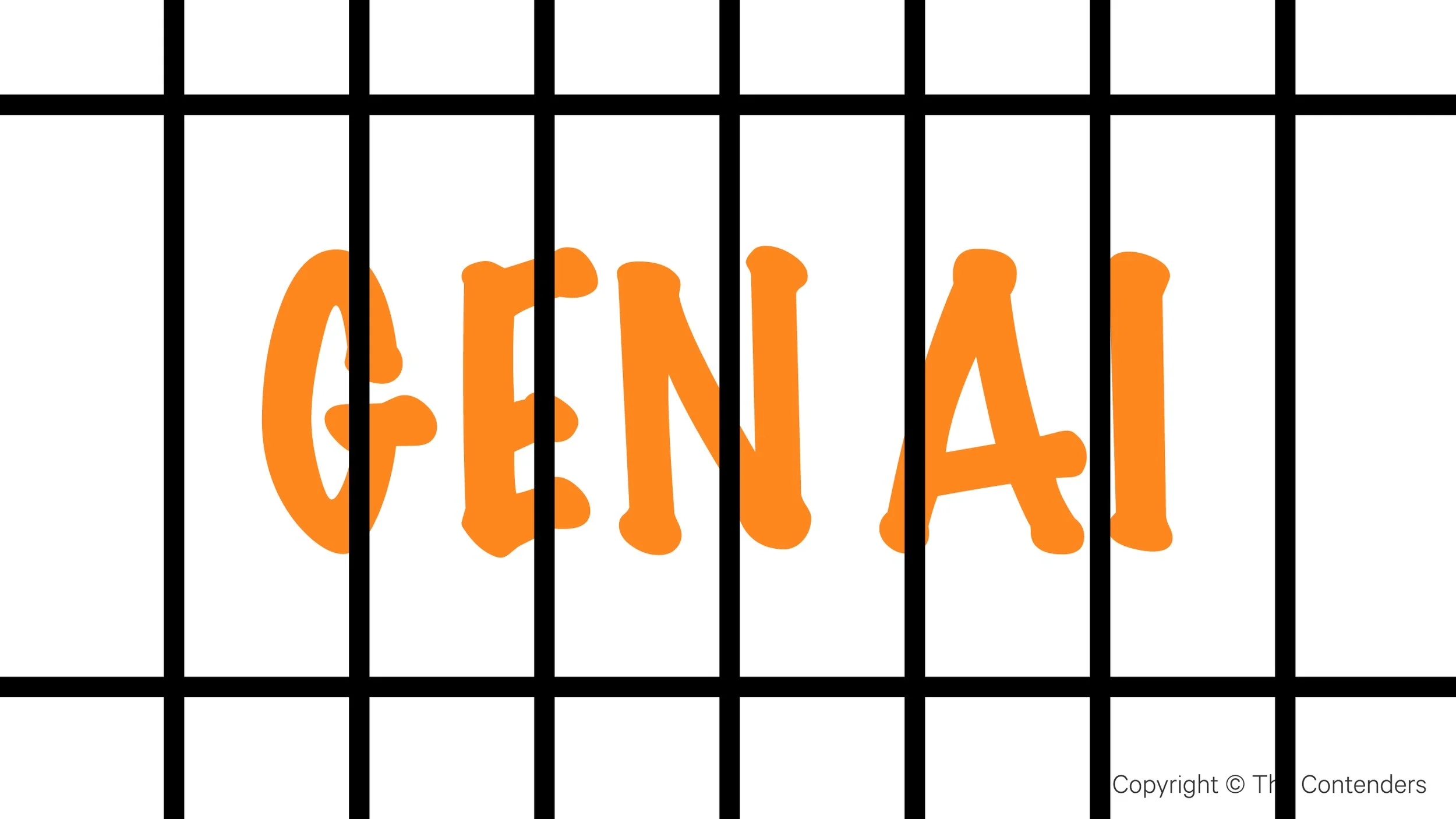Framing a super-sized problem
The RBA has announced its intentions to keep the cost of capital higher for longer. We have pushed up rates by four basis points and inflation still continues its rapid march through our lives. The worry is, like Bell Bottoms making a return in fashion, untamed inflation signals troubled times. Bell Bottoms are a lead indicator of things going quickly sideways. In the 70s this resulted in stagflation and sideburns, in the 90s it resulted in the GFC and Milli Vanilli, and the 2020s are looking like whatever creator culture and reverse fringes are. The RBA is trying to balance slowing the bus but not killing the people it’s using as the brakes.
There are already the tell-tale signs of costs starting to overwhelm people’s ability to bear them. If you keep your eyes peeled you see more stressed faces, more security guards, more restaurants going under and more home-made signs for services that anyone can do on the side from mowing lawns to ironing shirts. Even our dear friends at Bunnings are more likely to check each docket on the way out rather than say hello to your dog and kids. This is a common argument, but it misses the central point of our current economy.
Many of us don’t have a mortgage of substantial size but these people tend to be at the end of their lives rather than the beginning of their journey. The pain is not evenly distributed and broadly follows generational lines. It has more to do with when you were born than your ability to bear the brunt of building a life for you and yours. The increased price of money is broadly wealth generative for those who are already retired, while wealth destructive for those who are busy paying off the family home.
Getting a 5% return for doing nothing versus paying 7% plus for building that long term wealth is going to drive a further wedge not just between the generations but between the political views of those who have and those who do not. Next time you are over at your in laws, take everything in the fridge home with you and if they put up a fuss call it what it is, an effective wealth redistribution policy.
This is just as true in business. In a low interest world growth came from growing everything from subscribers to employee perks to floor plates. In a higher interest world growth comes from cutting costs. Two of the great SaaS unicorns provide great bookmarks to the end of the era through which we are living. WeWork who bought the assets through long term leases and with it exposure to the increased cost of capital went bust. Uber just made its first profit because they didn’t buy the farm but they did become the lender on the machinery needed to do the job while still taking arbitrage on every transaction.
Going for growth?
The worry is that the short-term focus on inflation misses the rest of the equation. It is the Four I’s underneath it that are driving up top line inflation. The future is getting more expensive while our ability to fund it is reducing. Inflation is already being driven up by skilled immigration, required infrastructure, needed investment in housing, and injecting capital into a faltering energy transition. All have to happen, but it is pretty clear that we have a scheduling issue that was only exacerbated by Covid closures.
Growth in any form comes from the ability to bring structure to new things. 2023 has been a year that has brought lots of chaos and very little order. For the first time in my lifetime the future does not look better.
We will come to look at this post Covid period as when a fifty-year cycle of rapid, sustained growth died. The Australian economy is driven broadly by the two biggest trends of the last fifty years: the growth of the urban lifestyle and the rapid development of Asia. Both are in a big period of transition. We have become dependent on selling the Australian dream, and also Australian dirt. Our scorecard is becoming more mixed as time goes on.
We are very effective at selling the Australian dream. 2023 saw us add 300,000 new Australians and while not sustainable it is the sole reason we are not in a technical recession. Compared to many places in the world we really do have it great, and the word is out.
Immigration comes from our enviable schools, skill gaps, safety and riding kangaroos to school. In spite of us adding many new Aussies we are still getting older, not younger. While the Australian population is predicted to grow if you look beyond the end of the 2030s what really stands out is the fact that there is going to be no young families to fill the schools we just built. Turns out high cost of living and lack of housing isn’t doing much for our rate of reproduction. We haven’t replaced our working age population so it is too late now to change. The winning bet is we build more houses and more infrastructure, but this comes at the cost to those who are currently paying one off for longer.
The other area where we lead the world is in selling Australian dirt. What we dig is changing with the shift into the electric era but China still plays a disproportionate role in our success. China is now officially old and arguably already over. Demographics are destiny.
Uncle Albo visiting our biggest export market after visiting our big brother and protector was pure political genius. Sure, Kevin Rudd spoke Mandarin, but Albo also speaks in the language of fronting. While we might sell more wine it is the declining need of the Chinese for our steel and coal that we should really be focused on. Why? China is starting its descent back to earth and off a growth track that always made life under a blazing sun here all that much better. While we need them and they need us, the nature of our relationship will change quickly. There is a reason Gina Rinehart was so determined to bully in on the lithium kill at Liontown resources.
The next frontier
While Obama was the first digital president his old Vice President is likely to be the first AI one. You know something is real when Government and the industry itself step up at the start of a revolution to regulate it. AI is not a technology, it is a brand new source of productivity and value. The digital revolution sped things up but its lasting legacy is actually more complexity and falling productivity.
Blame Cat Memes if you want to but ultimately more information does not lead to better decisions. Humans literally tune out the torrent of information and as the evil genius D. Trump ESQ knows, when overwhelmed with choice we become base creatures. Indexing the world’s information did however lead to AI which could be our saviour. It could also kill us.
The impact on the world is going to be the same as other transformative technologies. The best parallel is mechanisation which brought into being the industrial era which is only ending now. AI makes things not only faster like digital does, it makes things modular from the same base. I think about this now mowing my lawn.
My Granddad did it with a push mower. My dad didn’t do it so can’t comment (note to self unresolved issues there) and I do it with engine power. AI is the little engine that could be in anything and will make everything more efficient. Why? Because it allows us to build other things with it. Just like the engine in my mower it is the ultimate building block of the new revolution to come.
We will write the ending we will live
As we look back on 2023, we can see that the future is a world that is more expensive but also less expansive. The reason why is not just linked to low productivity, falling return on investment or predominantly increased cost of business. We need a productivity breakthrough, and we also may need a mini miracle. 2023 will go down as the year we saw the problem; 2024 will be the year we truly started to address it.
—
Be better to each other.




